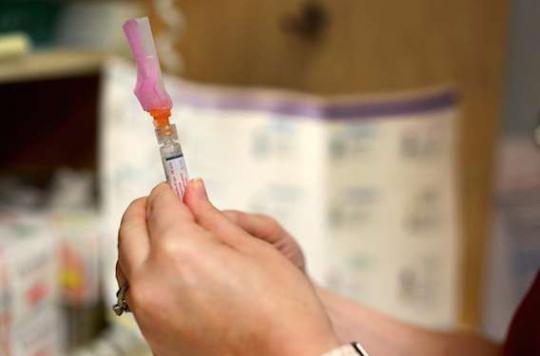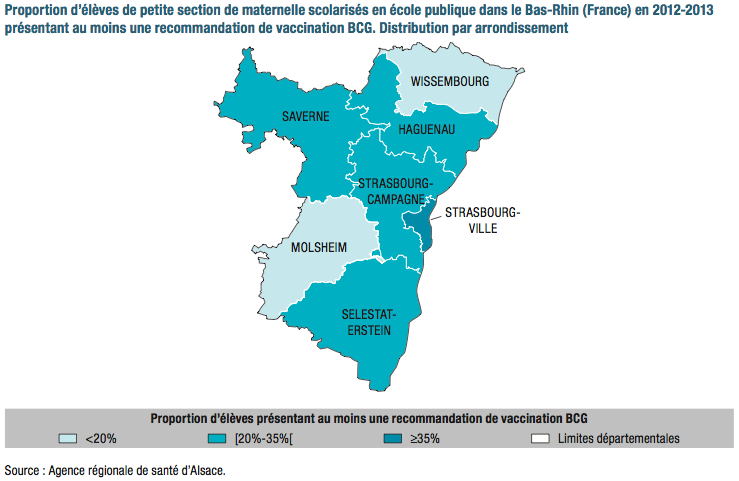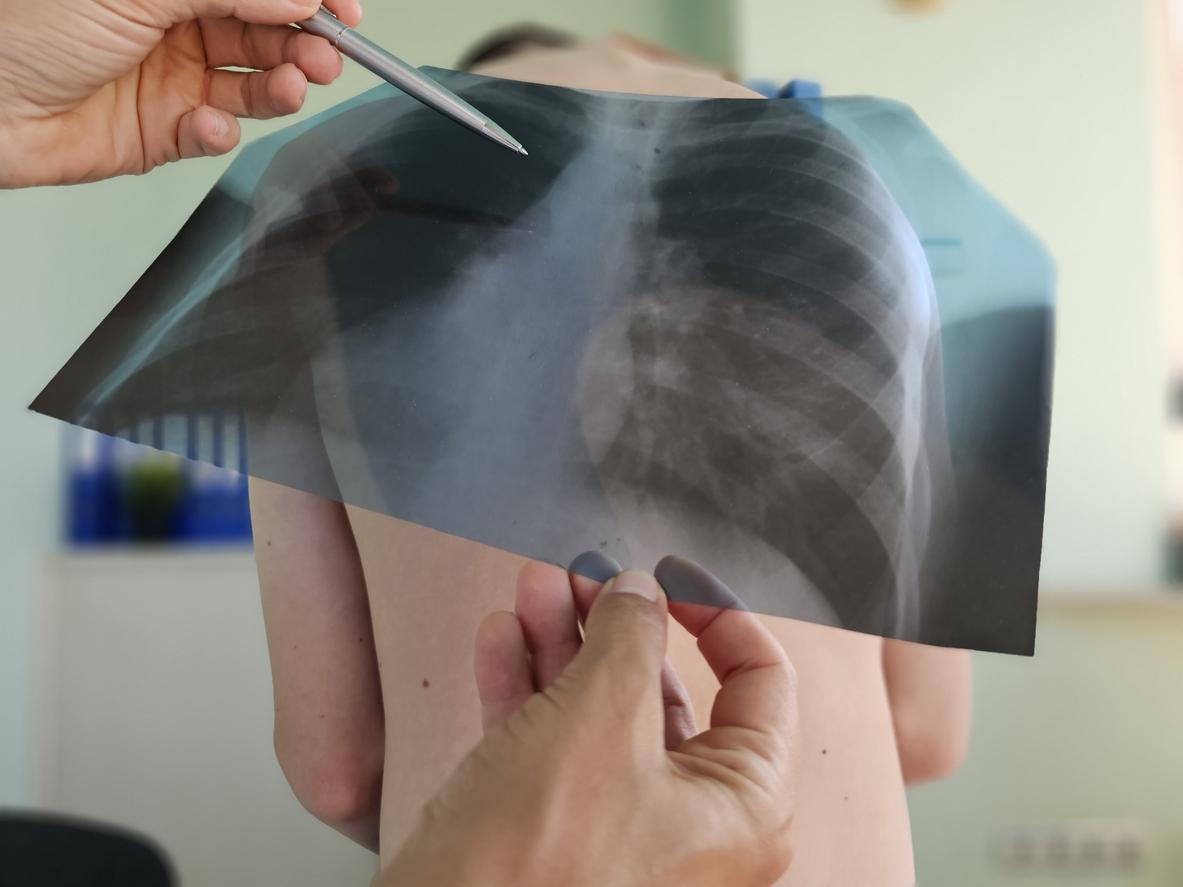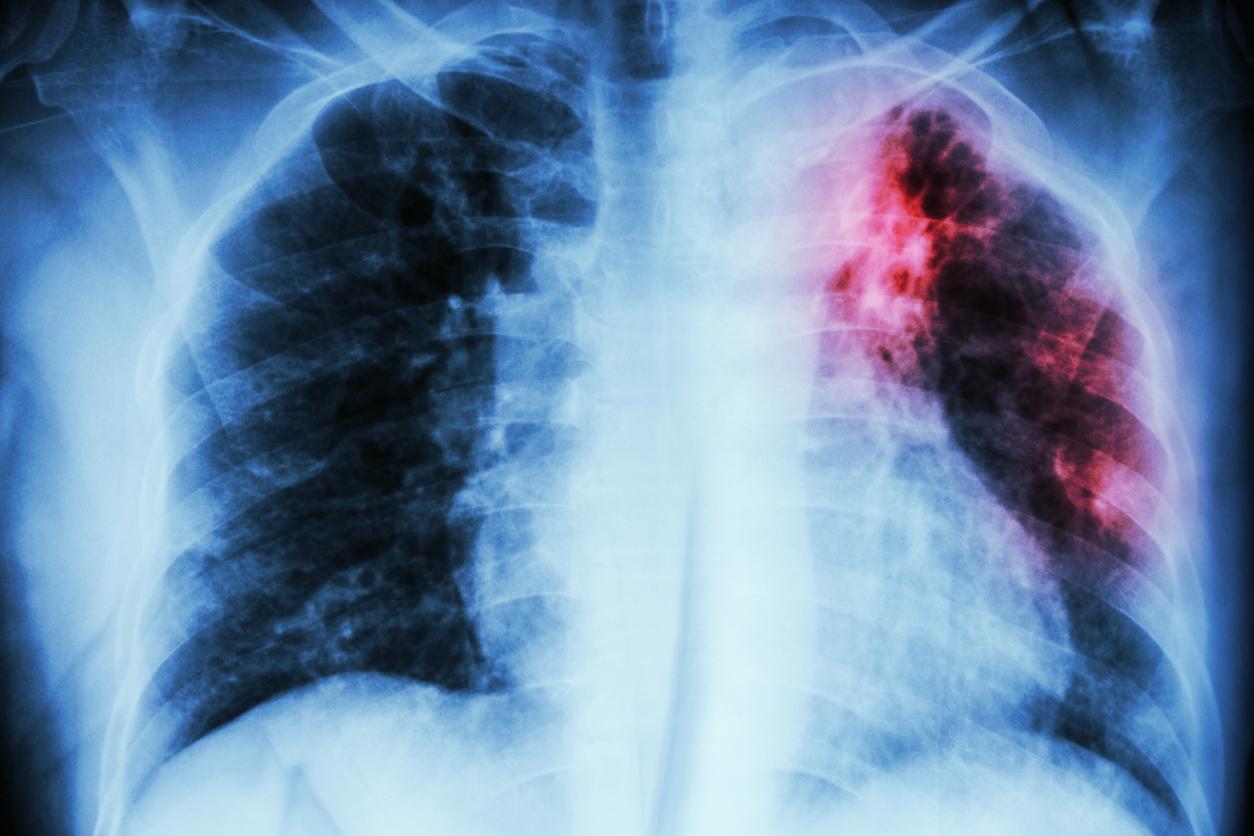In the Bas-Rhin, 28% of children at high risk of tuberculosis are not vaccinated. This is what reveals the Weekly Epidemiological Bulletin published this Tuesday.

Even if it sometimes reappears in places welcoming precarious populations, for several decades, the incidence of tuberculosis has continued to decrease in France. It went from 30,000 cases in 1972 to around 6,000 in 2005. For this reason, in 2007, the Higher Council of Public Hygiene of France recommended the lifting of the vaccine obligation against tuberculosis in the general population.
However, targeted vaccination of children at high risk of tuberculosis is still recommended. Why ? “Due to the persistence in certain population groups residing in France of a high incidence of tuberculosis”, underline the authors of the latest BEH (1) on the subject published on Tuesday. Epidemiologists have even defined certain criteria (2) to classify children as having a high risk of tuberculosis. And to see if the parents of these children follow the recommendations, a study was carried out in Alsace.
A high participation rate
These researchers investigated, during the 2012-2013 school year, the extent of vaccination coverage among children aged 3 to 4 years enrolled in nursery school. They also wanted to know the proportion of children at high risk of tuberculosis in the department.
First good news for these scientists, the participation rate in their work was 82.1% (2,560 children in the 102 schools surveyed). Side results, more than a third of the children (35.1%) had at least one indication of vaccination with the BCG (“high risk”). This proportion varied between districts, from 12.1% for Wissembourg to 55.2% for Strasbourg-Ville.

More than 1 in 4 children at high risk not vaccinated
More worryingly, the BCG vaccination coverage of children with at least one indication for BCG vaccination was 72.3%. This means that 28% of children at high risk of tuberculosis are not vaccinated!
This was nevertheless “significantly higher” for children with two or more indications compared to children with only one: 77.1% versus 65%.
Finally, a quarter of children not considered to have a high risk of tuberculosis were vaccinated. Important precision, each time, the practitioner who performed the vaccination was mainly the family doctor.
Faced with these results, no explanation is provided by the authors of the work. One point should be emphasized, however, sales of vaccines (BCG, DT-Polio) fell sharply in France in the first half of 2015, compared to 2014. A shortage and mistrust of parents explain the phenomenon. Recently, an Inserm survey also showed that some general practitioners were still reserved about the vaccine policy.
(1) Weekly epidemiological bulletin
(2) Children born in a country with a high endemic tuberculosis; children with at least one parent from one of these countries; children who must stay at least one month in a row in one of these countries; children with a family history of tuberculosis; children living in Île-de-France or Guyana; children in any situation deemed by the doctor to be at risk of exposure to Koch’s bacillus, in particular those living in unfavorable or unfavorable socio-economic or precarious housing conditions or in regular contact with adults from a highly endemic country.
.

















